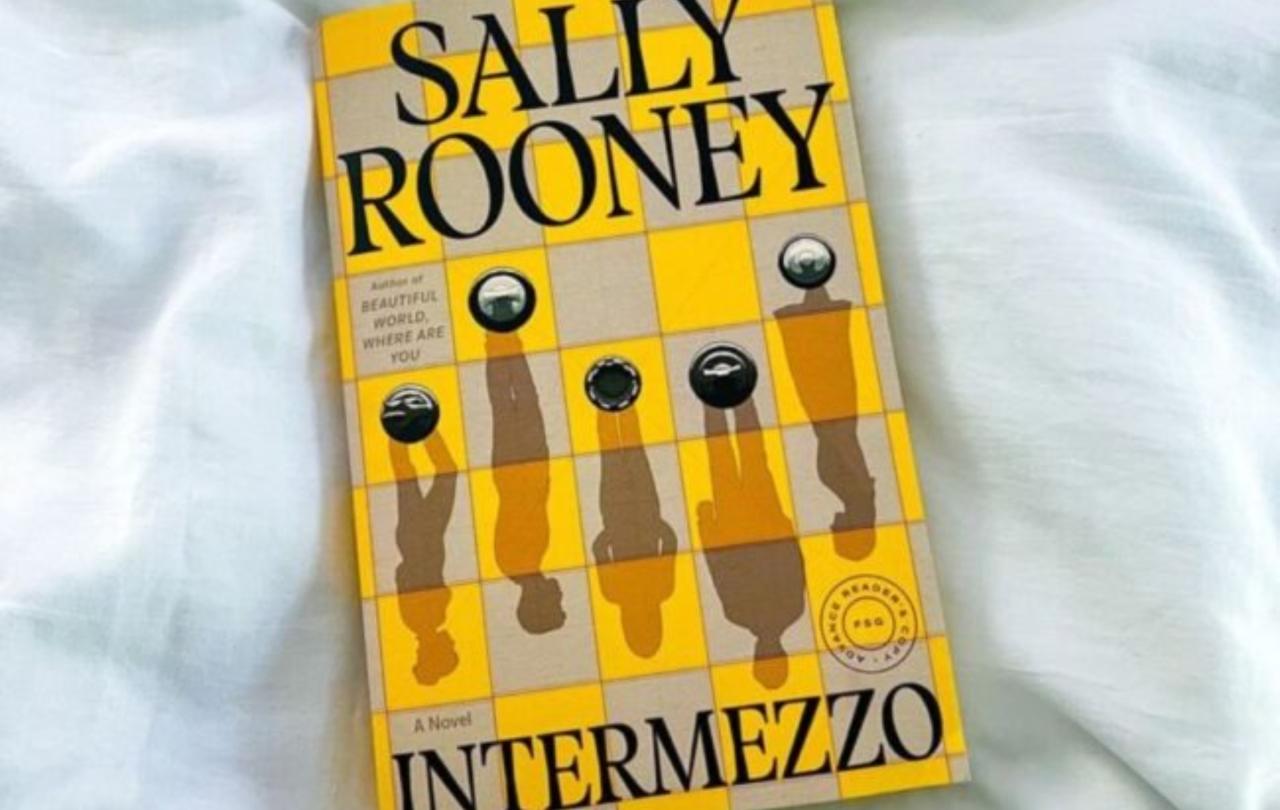The answer surely lies in two places.
Firstly, there’s the long tradition the church has in using art to tell Jesus’s story to the world. Visit any church and you will likely see a stained-glass window impressively depicting a biblical story like a medieval Banksy. Our worship services can be seen as theatre and performance with choreographed liturgical movements, stunning choral pieces or magnificent contemporary music. The communion prayer acts like a Shakespearian soliloquy retelling the dramatic story of Jesus’s death and resurrection. Art and theatre are intermeshed with the church. Liverpool Cathedral has a number of permanent and temporary art works including work from Elizabeth Frink and our iconic Tracey Emin neon light.
Secondly, like most cathedrals in the modern age Liverpool Cathedral walks the precarious path between commerciality and spirituality. To be sustainable without regular governmental support we must raise substantial money far beyond the reach of the traditional giving of a congregation. We need to be creative, we need to do things, put on events, host exhibitions to reach beyond the bounds of a traditional church audience and connect with a wider public.
Liverpool Cathedral has done this for a number of years, welcoming Luke Jerram’s Museum of the Moon before hosting his Gaia exhibition and then starting a long association with Peter Walker through Peace Doves, Identity and the very popular Light Before Christmas shows. These are not chosen simply to draw in the masses. That would be short-sighted, counterproductive and create the false narrative that cathedrals are more interested in money rather than the worship of God.
In Liverpool our attempts to attract people to these exhibitions are predicated on the notion that whatever a visitor's motivation when they arrive they will encounter us and through us encounter God. Last year 31,000 people saw our Christmas Sound and Light show and as a result that led to greater numbers coming to our Christmas Eve services. People want to make the connection, we need to help them in that.
If a cathedral is to use this work successfully it must help us and our visitors ask searching questions. Sure it is great fun to have a picture with one of these exhibits and most of what we do is deliberately Instagramable. However, the creativity comes through the careful curation of work that speaks to the human condition and ultimately our relationship with God. The museum of the moon and Gaia provoked many interesting conversations and debates about the relationship between science and faith alongside the age-old question of how creation came about.
Peace Doves brought together a post covid community trying to come to terms, both individually and collectively, with the impact of the Lockdown years. In bringing together a piece of community art we were able to focus minds on loss, healing and hope.






